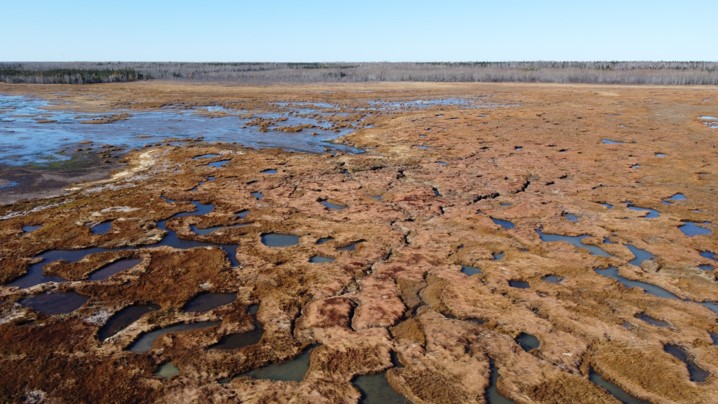Current
Some shoreline modification from the removal of dykes
Multiple salt marsh restoration projects around the upper Bay
There is no comprehensive plan for climate change adaptation and/or organic C compound sequestration
The upper Bay of Fundy hosts multiple, long-studied, macro tidal mudflat sites used by migratory shorebirds and fish, with abundant invertebrate communities. Multiple sites are covered by conservation agreements, including the Western Hemisphere Shorebird Reserve Network. Other sites are now re-forming or changing with removals of tidal barriers. The southern Gulf of St. Lawrence hosts extensive soft sediment shorelines, which are subject to nutrient enrichment from runoff, and shoreline hardening to protect real estate against winter scour, exacerbated by rising sea levels. Analyses of standing crops, productivity, and carbon sequestration on these tidal flats and salt marshes are now beginning.


Some shoreline modification from the removal of dykes
Multiple salt marsh restoration projects around the upper Bay
There is no comprehensive plan for climate change adaptation and/or organic C compound sequestration